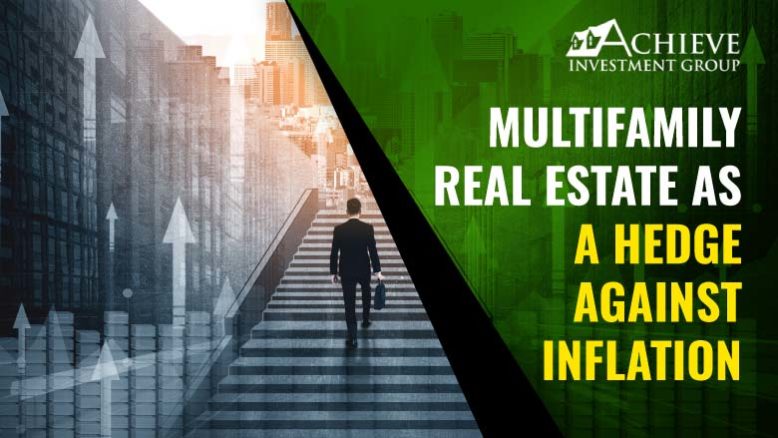Midyear Multifamily Market Outlook
As the Federal Reserve has increased interest rates and inflation has risen, the likelihood of a recession in the near future has grown. The sharp rise in interest rates has already impacted volume as borrowers and investors may have sidelined deals until volatility levels out. Despite the increased uncertainty, multifamily performance is expected to remain strong for the year. Multifamily fundamentals have begun to moderate in the second quarter – a trend which is expected to continue throughout the rest of the year – with growth projections still well above long-term averages: Gross income is projected to increase by 6.8% and the vacancy rate to remain unchanged at 4.8%. Rental growth has been exceptionally strong, up 16% over the year ending in June. Occupancy has remained above the long-term average. Tight rental markets indicate that the number of construction permits issued and the number of housing starts will have a limited impact on the market this year. Due to the volatility of Treasury rates, we expect total originations for the multifamily sector to contract slightly in 2022 to $440-$450 billion, but underlying multifamily fundamentals will continue to attract investors. Texas Multifamily Outlook – July 2022 According to most objective metrics and standards, multifamily assets in major Texas markets still represent strong investment propositions relative to other commercial sectors and the stock market. Houston After losing thousands of jobs to the flu pandemic, Houston recovered all of them by 2022, with multifamily construction directly benefiting from the bounce in economic growth. Rents rose 0.7% in April from three months earlier, to $1,293, while the occupancy rate for stabilized apartments in the 12 months ending in April was 94.1%. Average Rent: $1,293 (0.7%) Unemployment Rate (%) : 4.1% Average Occupancy Rate (%): 94.1% New Apartment Units Under Construction: 23,382 Dallas-Fort Worth In Dallas-Fort Worth, the pace of growth in apartment rents continued in the first half of 2022, driven by in-migration and company expansions and relocations. The average rent rose 1.2% on a trailing three-month basis through May, to $1,525. The occupancy rate was up 90 basis points in the 12 months ending in April. Average Rent: $1,525 (1.2%) Unemployment Rate (%) : 3.2% Average Occupancy Rate (%): 96.2% New Apartment Units Under Construction: 47,011 Austin The growth of the Austin metro area has been spurred by its reputation as an eclectic, creative community. The population grew by 28% in the last decade and housing demand is on the rise, which has led to a trend of rising rents. Although the rates softened during seasonally slow periods, rents have since picked up again and reached $1,744 on a trailing three-month basis through May. Occupancy rates are at 95.7%. Average Rent: $1,744 (0.8%) Unemployment Rate (%) : 2.5% Average Occupancy Rate (%): 96.2% New Apartment Units Under Construction: 42,118 According to research from the National Multifamily Housing Council (NMHC) and National Apartment Association, roughly 4.3 million new apartments will be necessary by 2035 to meet increasing demand. Texas, Florida, and California account for 40% of future demand and will collectively require 1.5 million apartments by 2035. Join Us For A Daily 60-second Coffee Break Series For Passive Investing In Commercial Real Estate With James Kandasamy, The Best-selling Real Estate Author And Mentor.


